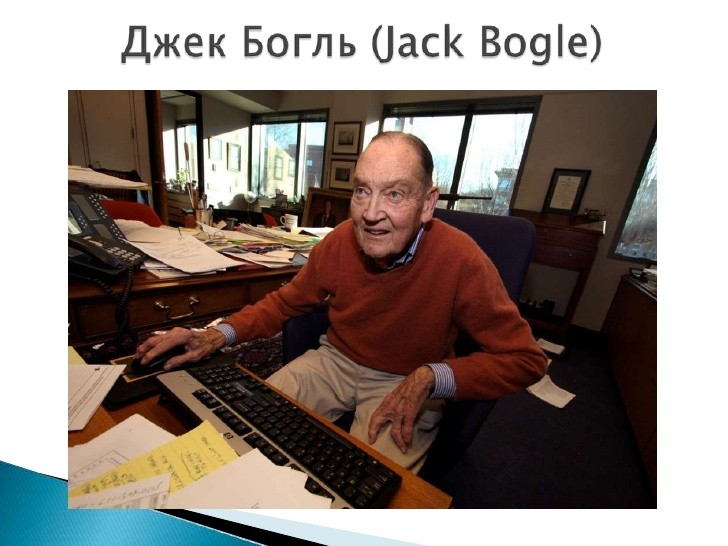3 Investing Rules You Should Consider Breaking
Post on: 14 Июль, 2015 No Comment

These investing rules have been around for uttered so many times by so many influential people that they are almost sacrosanct. But, it might be in your best interests to break them if you want to get ahead in the market.
- Dont Put all your eggs into one basket
When you first ventured into the world of investing, one of the most common investing rules given to you would probably have been to diversify your portfolio. Dont put all your eggs into one basket. Invest in a variety of stocks from different industries. The reasoning behind this adage is logical and simple.
Putting your entire financial war chest into one stock is foolhardy. If your choice suffers an unexpected black swan event. your investment is decimated. Besides idiosyncratic risk, or risk that is specific to a certain company, there is also sectoral risk. For example, if you had ploughed your money into real estate stocks that have the bulk of their business in Iskandar. the cooling measures announced by the Malaysian government would have affected your portfolio badly.
There are also other risks involving geopolitical, currency, and even asset class if your portfolio only consists of stocks spread across different industries, you would have suffered during the global financial meltdowns.
With all these possible risks, diversification hedging your bets by spreading your money across different sectors and asset classes seems like sound advice.
However, another school of thought is the focused approach to investing, a method advocated and employed by leading investors such as Teng Ngiek Lian and Warren Buffett. Teng, one of Singapores most successful boutique fund managers, is famous for putting all his eggs into one basket. During his tenure at Target Asset Management, he only invested in 35 stocks. If he wanted to purchase one particular stock, he had to take another out. We find this a very effective strategy. Normal investors just buy and buy. Like African tribal chiefs, they dont know how many children they have. They dont have to bring them up, so they dont worry, explains Teng.
The key to putting all your eggs into one basket is to know the companies and the business inside and out, then inside again. Buffett argues that there is very little risk if you know the industry and if you thoroughly believe the market has underestimated the asset. The legendary investor feels that buying a whole list of stocks increases the chances that you will buy something that you dont know enough about. So, take a look at your diversified portfolio: do you know all about the industries that the companies are in?
- Ignore Keep yourself updated with the daily news
In the 50s and 60s, the average share or common stock was traded once every six years. Today, that same stock, on average, changes hands once every six months. This startling statistic can be attributed to one simple development the proliferation of the World Wide Web.
Now, the investor on the street has access to a wealth of resources and information, updated in real-time as long as you have a working Internet broadband connection. Theoretically, this should make you a better investor capable of making the correct decisions. However, more often than not, the exact opposite occurs.
The reason why this is so is because the deluge of information also means that theres a deluge of mis-information. Author and famed statistician Nate Silver warns that we face danger whenever information growth outpaces our understanding of how to process it. This is becoming incredibly accurate in the world of finance and business when everything that occurs is either foretelling a crisis or a boom, usually both, if you would believe hacks such as myself.
Its an evolutionary defence mechanism. According to MIT neuroscientist Tomaso Poggio, our brain processes information through generalising, especially when trying to recognise objects in difficult situations. We see a shape of a tiger in the bushes and sneak away because we want to save our hide.

Our brain craves for patterns and predictability as a way of making sense of the world. We want to make sense of a world that seems to be making not a lot of sense. Now, with so much information to process, we increasingly see patterns and shapes in inconsequential noise, disguised as information.
Former trader turned essayist Nassim Taleb also echoes Silvers views, going even further and saying that the everyday investor should just ignore the daily news. Instead, he recommends checking on your carefully selected portfolio every few months or so.
Information is increasing by 2.5 quintillion bytes per day, according to Silvers book The Signal and the Noise . but whether this information is signal or just more noise is up to your brain to decide. More likely than not, its just more noise. However, heres the thing your brain, which can store up to three terabytes of data, has not kept up with the growth of information.
Hedge fund manager and academic Victor Niederhoffer, who once used the font size of news print to determine the importance of news events and their relative impact on the stock market, had also stated that reading newspapers does not confer in the reader any predictive advantage over non-readers.
So, at the end of the day, perhaps its just best to ignore the daily news portents. They all look like shapes of tigers hiding in the bushes. They might not necessarily be tigers though.
- Only Invest in companies with proven track records unrealised or undiscovered potential
Investments are unpredictable, risky, and full of randomness. Naturally, an investor will seek some form of predictive safety. This usually takes the form of graphs chronicling the past performance of a stock or mutual fund, or a comprehensive booklet detailing the impeccable proven track record of a company. The investor, comforted by these impressive numbers, pours money into the vehicle or business. Theres just one major problem though: past performance is not indicative of future returns. This disclaimer, or some variation of this phrase, is always found in any document related to the investment vehicle and yet, we consistently base our financial decisions on the companys or funds past performance. We see a healthy annualised average in a mutual fund and feel safe, even though those returns for the past five years might have happened anyway in spite of, or despite, the fund managers skill.
In 1995, economist Robert Lucas won a Nobel Memorial Prize in Economic Sciences (unrelated to that other Nobel Prize) for his study on the irrationality of investors. Lucas argued that if people were rational, then their rationality would cause them to figure out predictable patterns from the past and adapt, so that past information would be completely useless for predicting the future. Essentially, any past patterns that emerge will cancel itself as soon as a critical mass of people know about it.
The financial markets have changed so much in the past that information during that time might be irrelevant in the present that we live in.
So, what does this mean for the average investor?
Most of us are heavily reliant on news, complicated graphs, and supposedly safe businesses. Perhaps its time to invest not just for the future, but in the developments of the future. Take a look at the historical stock price of Tesla, maker of electric automobiles.
Prior to the companys IPO, Tesla was going through an internal reshuffle and only managed to achieve corporate profitability six years after it first entered the zero-emission-vehicle market. Even today, a number of criticisms have been levelled at them, mostly about overpromising and under-delivering, but there is no doubt that more and more people are embracing their vision of the future. The stock price indicates this.
Were on the cusp of a technological and green energy revolution, powered by the dreams and ideas of people who want to make a social difference. I have no doubt that weve only seen the tip of this iceberg and there will be a lot more mass market developments in the next decade, many of which are yours for the taking (and investing). All you need to do is to grasp the future and its massive potential.














